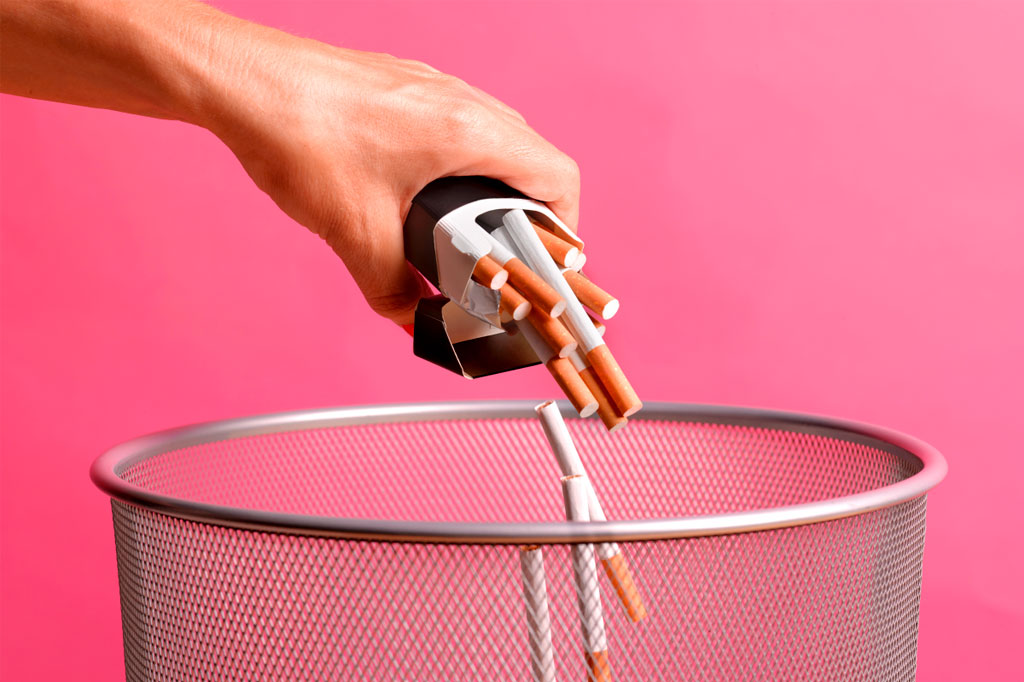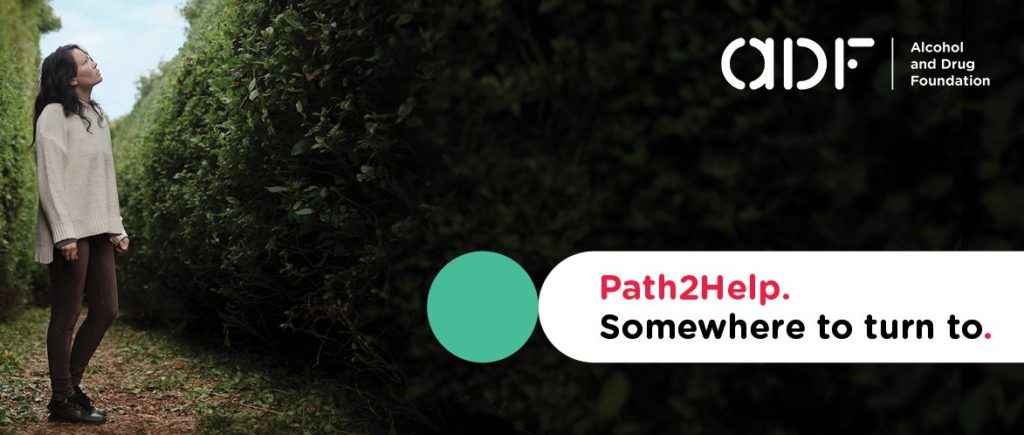This study will examine the role of the brain chemical dopamine in people’s response to alcohol consumption. Dopamine is thought to influence whether people have a strong or weak response to alcohol and how pleasurable that response is. The findings of this study may shed light on why some people are at higher risk of developing problem drinking behaviors.
Official Title
Striatal Dopamine and Alcohol Risk
Conditions
– Alcohol Drinking
Study Type
Observational
Study Design
Natural History
Further Details
Healthy normal volunteers between 21 and 25 years of age who have never had a serious problem with alcohol abuse or drug abuse may be eligible for this study. Candidates will be screened with a medical history and physical examination, and will be interviewed about their smoking and drinking behaviors. Participants will undergo test procedures on two separate days, as follows: Test Day 1Upon arrival at the Clinical Center, participants will take a breathalyzer test for alcohol and provide a urine sample for a drug screen. Women will also have a urine pregnancy test. They will then lie on a hospital bed and two intravenous catheters (IV lines) will be placed, one into each arm. One line will be used to collect blood samples during the test session; the other will be used to infuse alcohol into the bloodstream. The alcohol will rapidly increase the blood alcohol level to between 0.06 and 0.08 grams per deciliter. (0.08 g/dL is the level at which a person is charge with driving under the influence of alcohol in all States.) Before, during, and after the infusion, subjects will be asked about their feelings in response to the alcohol, such as confusion, elation, level of discomfort or dizziness, ability to concentrate, and so forth. At 35 and 60 minutes after the infusion begins, subjects will take a body sway test. This involves standing on a machine to determine how the alcohol has affected the sense of balance. Subjects will then relax in the clinic for a few hours. During this time, a blood sample will be collected and a questionnaire will be given hourly until the blood alcohol level has gone down to 0.02 g/dL. When the alcohol level has declined to 0.02 g/dL (usually 3 to 4 hours after the infusion), the subject will be sent home in a taxi. Test Day 2Participants will again take a breathalyzer test for alcohol and provide a urine sample for drug screen and, for women, a pregnancy test. Subjects will lie on a hospital bed and three IV lines will be inserted, one to draw blood samples, one to infuse alcohol, and one to give raclopride, a radioactive substance used for positron emission tomography (PET) scanning. For PET, the subject lies on a table in the scanner with a mask placed over his or her head to help hold the head still during the scan. After a brief scan to adjust the machine, a small amount of radioactive water (O-15 water) is injected through the IV line and a series of pictures is taken over a period of about 1 minute. These images show how the radioactive water distributes in the brain, indicating blood flow. After the water scan, raclopride is given through the IV line and more pictures of the brain are taken over the next 2 hours. Blood samples are collected during and after the raclopride scan. During this procedure, subjects are asked the same questions about their feelings in response to the alcohol as they did during the earlier session. After he scans, they will be monitored in the clinic with hourly blood tests and questionnaires until the blood alcohol concentration decreases to 0.02 g/dL and will then be sent home in a taxi. Some persons are more likely to develop alcoholism than others. Understanding the difference between persons at high vs. low risk of developing alcoholism could be important for both prevention and treatment strategies. Tolerance for the sedative effects of alcohol has been shown in young adults to predict development of alcoholism later in life. The basis for this increased risk is unclear. It may be that persons who tolerate alcohol well as young adults experience more of the rewarding effects of alcohol (e.g., euphoria), or that they experience less of the negative effects of alcohol (e.g., sedation), or some combination of the two. Fortunately, brain-imaging tools can shed light on the brain’s reward response mechanisms to alcohol. Differences in the reward circuits of persons who experience a euphoric response to alcohol may help explain why some people go on to develop alcoholism while others do not. Both human and animal research point toward a difference in the density of dopamine receptors in the striatum of alcohol-preferring and non alcohol-preferring subjects. The following experiment is designed to examine the relationship between response to alcohol, dopamine receptor density in the striatum, and dopamine release in response to alcohol. We propose classification of subjects as ‘low response’ or ‘high response’ on the basis of their level of response to a controlled alcohol challenge in the laboratory, using the established methods of Schuckit et al to gather systematic data on subjects’ response to alcohol. Next, baseline levels of dopamine D2 receptor density in mesolimbic reward circuits of subjects in each group would be assessed in the PET scanner by using the radioactive dopamine antagonist C-11 raclopride. C-11 raclopride binds to D2 receptors, which will provide a signal proportional to the number of D2 receptors present. This will allow us to measure and compare the baseline D2 receptor density in high and low response groups. Directly after obtaining this baseline D2 receptor measurement, we propose administration of a controlled alcohol challenge. Acute alcohol administration causes release of dopamine in the striatum, and can dislodge a portion of the C-11 raclopride that was bound to D2 receptors. This will allow us to compare high and low response groups for differences in the displacement of C-11 raclopride induced by dopamine release, thereby providing a measure of dopamine release in response to alcohol. The data obtained will allow us to compare the response to alcohol of young adults who are high vs. low responders. It will also permit comparison of these groups in terms of baseline striatal dopamine receptor density and striatal dopamine release in response to alcohol. Results of this experiment may identify a physiological basis for the increased risk in some young adults for development of alcoholism. It may also provide a model for further studies of the relationship between response to alcohol, risk for developing alcoholism, and brain reward mechanisms.
Study Start
Eligibility & Criteria
Genders Eligible for Study: Both Accepts Healthy VolunteersCriteria INCLUSION CRITERIA:Subjects who are included:1) will be between the ages of 21 and 25.2) will have a score on the telephone administered SRE at least one standard deviation above the mean, in the case of subjects to be evaluated further as potential Low-Response group participants.3) will have a score on the telephone administered SRE at least one standard deviation below the mean, in the case of persons to be evaluated further as potential High Responders.4) will be willing to undergo a complete medical and psychiatric evaluation, as described in NIAAA protocol 98-AA-0009.5) will be willing to undergo indicated laboratory and EKG examination, as described in NIAAA protocol 98-AA-0009.6) will be willing to have the results of their intake evaluation become part of their record at NIH, as described in NIAAA protocol 98-AA-0009.7) will be willing to submit a urine sample for the purpose of drug screening and, in the case of females, for pregnancy testing.8) will be willing to submit blood samples for the genetic testing described herein.9) must be essentially physically and emotionally healthy, as determined by the screening procedures in Criteria 4& 5.10) must be willing to be contacted at five year intervals for purpose of interview about their drinking behavior in the interim, and provide identification and contact information which would facilitate such follow-up.EXCLUSION CRITERIA:A subject will be excluded from the study if they:1) have an intermediate score on the telephone administered SRE (within one standard deviation of the mean).2) have an abnormal physical exam or laboratory values outside the normal ranges.3) are pregnant.4) have a positive drug screen.5) have fulfilled DSM-IV criteria for ethanol or other substance dependency at any time within the past 5 years.6) have a history of stimulant use or abuse.7) have a history of smoking within the last year, or a lifetime history of smoking more than 100 cigarettes.8) have fulfilled DSM-IV criteria for any major (non substance-related) Axis I psychiatric disorder.9) have taken any prescribed, non-prescribed, or over-the-counter medications or drugs within 14 days prior to the study days (excluding oral contraceptive agents, aspirin, or acetaminophen).10) have a history of claustrophobia.11) have a history of facial flushing syndrome in response to alcohol exposure.
Total Enrolment
60
Contact Details
[1] National Institute on Alcohol Abuse and Alcoholism (NIAAA) (US)
All content and media on the HealthEngine Blog is created and published online for informational purposes only. It is not intended to be a substitute for professional medical advice and should not be relied on as health or personal advice. Always seek the guidance of your doctor or other qualified health professional with any questions you may have regarding your health or a medical condition. Never disregard the advice of a medical professional, or delay in seeking it because of something you have read on this Website. If you think you may have a medical emergency, call your doctor, go to the nearest hospital emergency department, or call the emergency services immediately.







